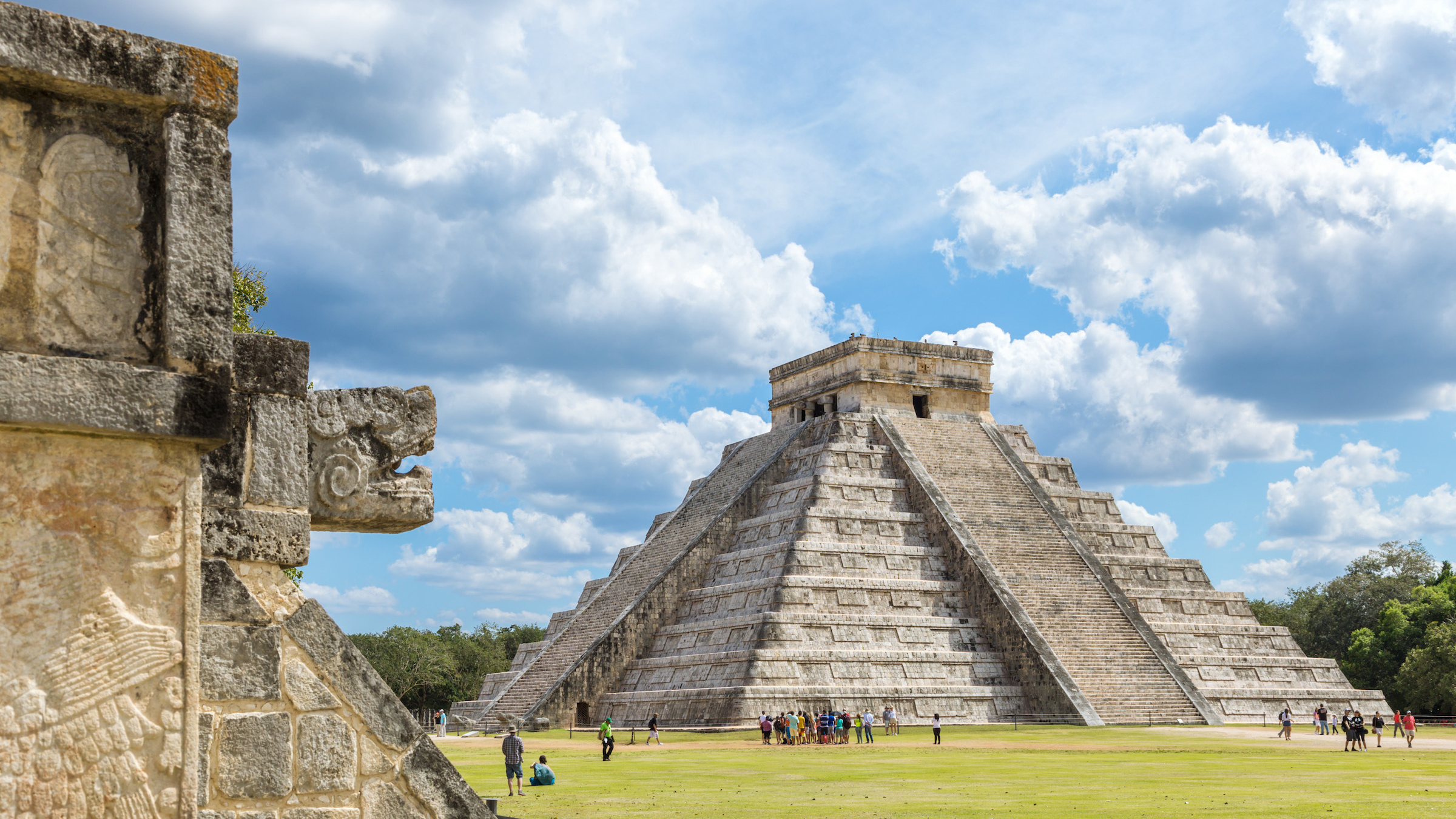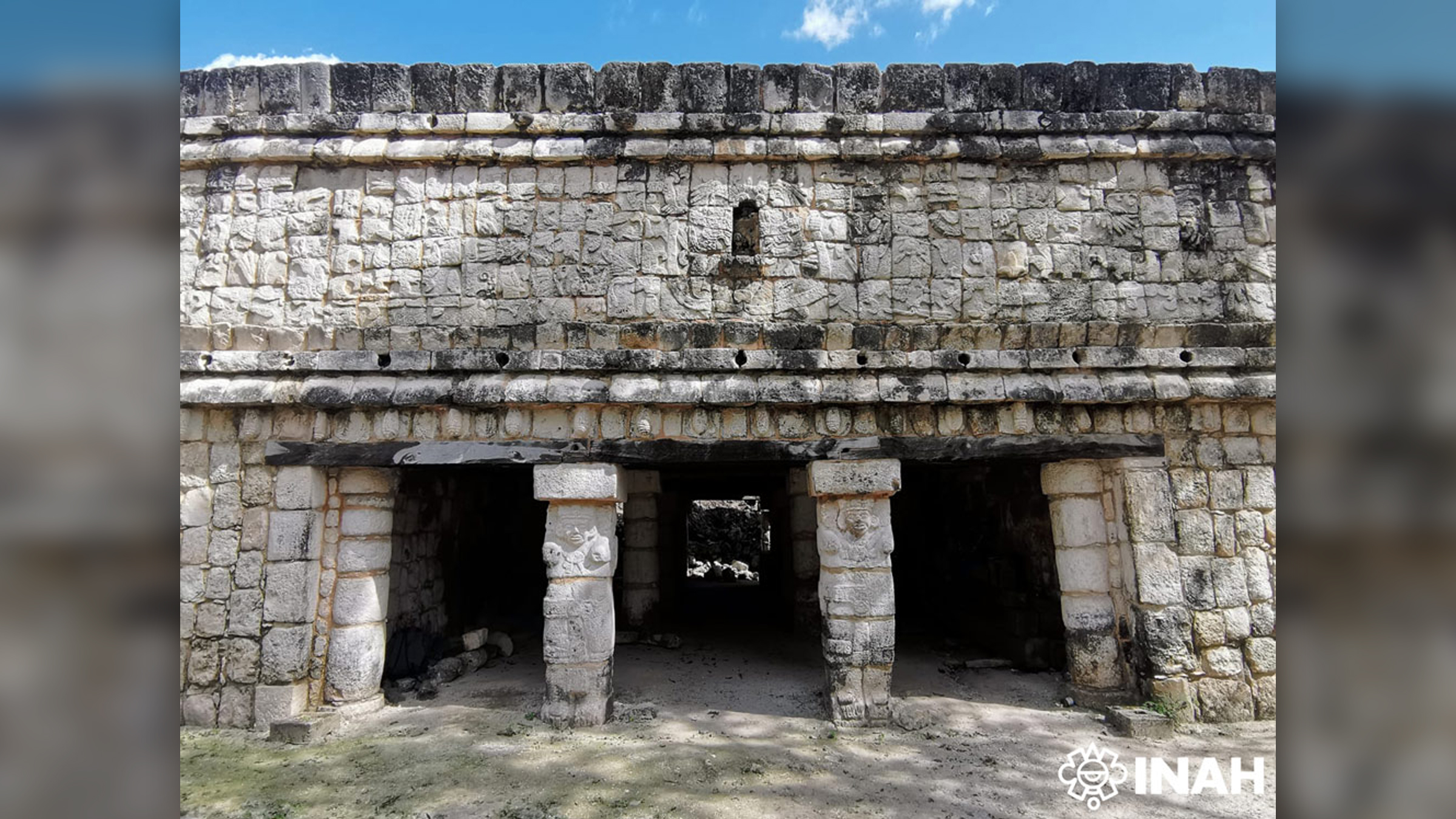No, archaeologists haven't found 'elite housing' at Chichen Itza
Archaeologists haven't uncovered an elite housing complex at Chichen Itza, but there is news; a previously closed off area at the site will open to the public in 2023.

Last week, some media outlets claimed that archaeologists at Chichen Itza had discovered a previously unknown elite housing complex. But it turns out these "newly discovered" structures were actually found more than a century ago, according to the Mexican National Institute of Anthropology and History (INAH).
However, there is news from Chichen Itza, a city in the Yucatán Peninsula that thrived between the ninth and 13th centuries A.D. and has a blend of Maya and Toltec influences. According to the INAH, which is in charge of the site, a new part of Chichen Itza will open to the public later this year, the agency announced on Feb. 21 in a translated statement.
For the past 30 years, a team of researchers has been clearing overgrowth from an area with structures that modern-day archaeologists call the "initial group." Teams are also doing conservation work and analysis on its buildings, the statement said.

Some media reports over the past week have claimed that new elite residences were discovered at the initial group, however the statement emphasized that these structures were excavated in the 19th and early 20th centuries. Early archaeologists gave them elaborate names such as the "house of the moon," "house of the phallus" and "house of the snail." Details on some of the structures were published in 1952 by Karl Ruppert, an American archaeologist who helped excavate the site, in his book "Chichen Itza: Architectural Notes and Plans" (Carnegie Institution of Washington, 1952).
Related: What's hidden inside the ancient Maya pyramids?
While the "elite housing" structures may not be new, the conservation work will allow the public to visit them for the first time. Additionally new architectural information on the structures — such as the shape of the roofs — may be deduced, the statement said.
Cynthia Kristan-Graham, a professor of art history at Auburn University who specializes in Mesoamerican architecture but is not involved in the recent work, told Live Science in an email that some of the elite residences may have served multiple functions — possibly also functioning as spaces for ritual and political activities in addition to being habitations. The people who lived in them "could have been rulers or high-ranking individuals in the Chichen Itza polity," Kristan-Graham said, noting that one question is where the rest of the people at Chichen Itza lived.
Sign up for the Live Science daily newsletter now
Get the world’s most fascinating discoveries delivered straight to your inbox.
Live Science contacted archaeologists at the INAH who are leading the work, but they did not return requests for comment at time of publication.

Owen Jarus is a regular contributor to Live Science who writes about archaeology and humans' past. He has also written for The Independent (UK), The Canadian Press (CP) and The Associated Press (AP), among others. Owen has a bachelor of arts degree from the University of Toronto and a journalism degree from Ryerson University.










